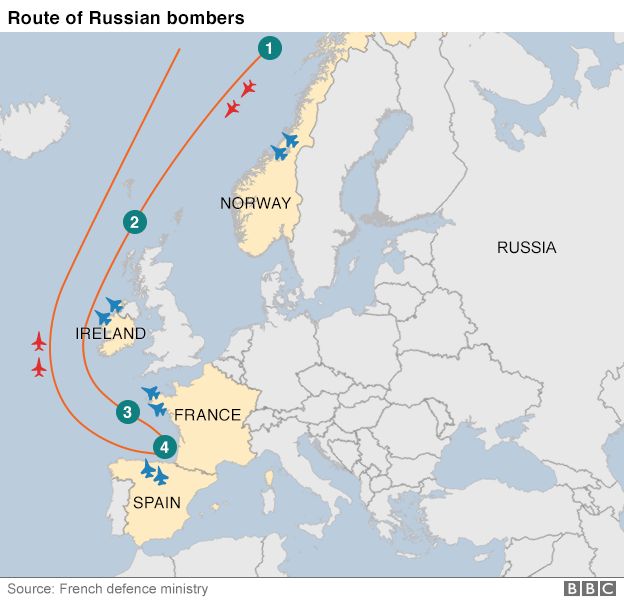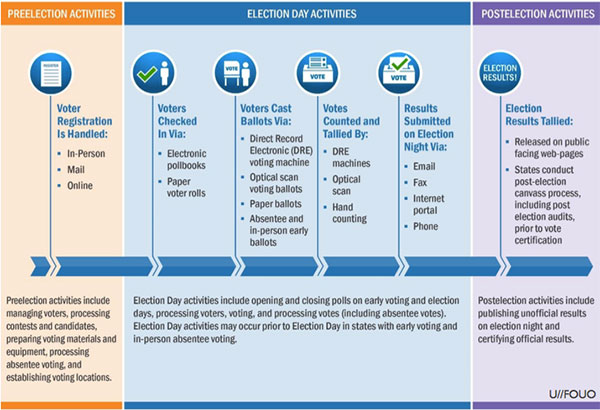Congress Contempt Order for Clinton IT tech, Brian Pagliano
FBI 302 Interview Summary documents
FBI files reveal missing email ‘boxes’ in Clinton case, allegations of evidence tampering
FNC: Buried in the 189 pages of heavily redacted FBI witness interviews from the Hillary Clinton email investigation are details of yet another mystery — about two missing “bankers boxes” filled with the former secretary of state’s emails.
The interviews released earlier this month, known as 302s, also reveal the serious allegation that senior State Department official Patrick Kennedy applied pressure to subordinates to change the classified email codes so they would be shielded from Congress and the public.
The details about the boxes are contained in five pages of the FBI file – with a staggering 111 redactions – that summarize the statements of a State Department witness who worked in the “Office of Information Programs and Services (IPS).” The employee told the FBI that, “Initially, IPS officials were told there were 14 bankers boxes of former Secretary of State Hillary CLINTON’s emails at CLINTON’s Friendship Heights office.” Friendship Heights is a neighborhood that straddles the Northwest neighborhood of the District of Columbia and Maryland.
The State Department witness further explained to the FBI that “on or about December 5, 2014, IPS personnel picked up only 12 bankers boxes of CLINTON’s emails from Williams & Connolly.”
The officials were not sure if the boxes “were consolidated or what could have happened to the two other boxes. “
Clinton’s chief lawyer at Williams & Connolly, who leads all Clinton-related legal matters, is David Kendall. He has successfully represented Bill and Hillary Clinton together and separately throughout decades of their legal entanglements since the 1980’s, ranging from the former president’s sex scandals to missing billing records for Hillary Clinton’s work on behalf of the failed Madison Guaranty Savings and Loan and Capital Management Services.
In the documents provided by Kendall’s law firm, the witness told the FBI they were “unable to locate any of her emails from January-April 2009.” This timeframe is crucial as it covers the start of Clinton’s term as secretary of state and when she set up a private server for all government business, in turn skirting public records laws.
In the same interview, on page 42, the State Department witness also told the FBI there was a deliberate effort to change sensitive Clinton emails bearing the “B(1)” code — used in the Freedom of Information Act review process to identify classified information — to the category of “B-5.” That category covers Executive Branch deliberations, “interagency or intra-agency communications including attorney client privileges,” and makes material exempt from public release.
Over five pages of the single-spaced summary notes, the witness, whose name is redacted, alleges Clinton’s team which included Undersecretary for Management Patrick Kennedy played classification games to confuse and obfuscate the formal FOIA review process.
“(Redacted) believed there was interference with the formal FOIA review process. Specifically, STATE’s Near East Affairs Bureau upgraded several of CLINTON’s emails to a classified level with a B(1) release exemption. (Redacted) along with (redacted) attorney, Office of Legal Counsel called STATE’s Near East Affairs Bureau and told them they could use a B(5) exemption on an upgraded email to protect it instead of the B(1) exemption.”
In early May 2015, the witness reported, “… KENNEDY held a closed-door meeting with (redacted) and (redacted) DOJ’s Office of Information Programs where KENNEDY pointedly asked (redacted) to change the FBI’s classification determination regarding one of CLINTON’s emails, which the FBI considered classified. The email was related to FBI counter-terrorism operations.”
This appears to be one of two emails that kick-started the FBI probe in the summer of 2015. Fox News first identified the two emails containing classified information as well as sensitive law enforcement information sent by Clinton aides Huma Abedin and Jake Sullivan to Clinton’s unsecured server.
State Department spokesman John Kirby consistently has stated the majority of the 2,100 Clinton server emails containing classified information were “retroactively classified” and not classified at the time they were sent and received. But that explanation is disputed by seasoned intelligence officials. Even the State Department witness cast doubt on the claim in the FBI interview:
“(Redacted) heard the argument that some of CLINTON’S emails were unclassified back in the 2009-2012 timeframe when they were initiated, but were later classified due to various circumstances. It was very rare for something that was actually unclassified to become classified years after the fact.”
Asked this week about the FBI 302 and the claims Kennedy, one of the department’s most senior executives, tampered with the FOIA review process, State Department spokesman Elizabeth Trudeau said they “strongly refute those claims.”
She added, “The department has complete confidence that the … attorneys performed the highest professional and ethical standards, including, with connection, with the review and release of Secretary Clinton’s emails.”
Kennedy, in his FBI interview on Dec. 21, 2015, “categorically rejected” the allegations of classified code tampering. While the section is partially redacted, it appears the FBI asked Kennedy about the credibility of the accusing witness. He said she “says it like it is” and has “no fear of telling truth to power.”
The conflicting statements indicate either the junior State Department employee or Kennedy misled or lied to federal agents which can be a criminal offense.
Fox News first reported on the intelligence community’s deep concerns that the process was tampered with, as lawyers with Clinton ties were alleged to be involved at the State Department.
Fox News was told in August 2015 that Kennedy was running interference on Capitol Hill. Two sources confirmed that Kennedy went to Capitol Hill and argued one of the emails that kick-started the probe did not contain classified material, citing a 2011 Irish Times newspaper report to claim the information was already public.
According to congressional testimony, at least one of the lawyers in the office where the changes were made is Catherine “Kate” Duval, who was at the IRS during the Lois Lerner email scandal and later handled the release of documents to the Benghazi congressional committee.
Duval once worked for the same firm as Kendall and has since left the State Department.
Catherine Herridge is an award-winning Chief Intelligence correspondent for FOX News Channel (FNC) based in Washington, D.C. She covers intelligence, the Justice Department and the Department of Homeland Security. Herridge joined FNC in 1996 as a London-based correspondent.
Pamela K. Browne is Senior Executive Producer at the FOX News Channel (FNC) and is Director of Long-Form Series and Specials. Her journalism has been recognized with several awards. Browne first joined FOX in 1997 to launch the news magazine “Fox Files” and later, “War Stories.”
State Department hands over 200 pages of Clinton Foundation emails
Examiner: Roughly 200 pages of emails sent between Hillary Clinton’s State Department staff and employees of the Clinton Foundation suggest the two teams worked closely on interests that blurred the lines between Clinton’s political and diplomatic pursuits.
Some of the emails, which were made public Wednesday after the State Department provided them to conservative-leaning Citizens United through a Freedom of Information Act lawsuit, were copies of those made public earlier this year through separate cases.
But others offered new insight into the connections between Clinton’s agency, her family’s foundation and a controversial consulting firm called Teneo Strategies that was founded by Clinton allies.
One Teneo founder, Doug Band, is also a foundation alum. Band appears frequently in the latest batch of records.
For example, when Janice Enright, a powerful lobbyist, sought a State Department audience for a client in March 2010, she went to Band with the request.
“Oh come on,” she wrote to Band when he expressed doubts that the meeting would happen. “[Y]ou can make this happen.”
Band said the problem was that Enright’s client, whose identity was unclear, was not properly vetted.
Other emails suggest Clinton’s team coordinated with foundation officials and a Democratic donor to create a new, Ireland-focused charity called “Friends of the Clinton Centre” at the behest of Clinton.
Some of those conversations had been made public previously, but the extent of coordination over the proposed group was not known.
Anything else? Yes, of course:
McClatchy/WASHINGTON – Just because the FBI closed its investigation into Hillary Clinton’s emails doesn’t mean the issue is over.
On Wednesday, several Republican chairmen of congressional committees sent a letter to the Department of Justice requesting information about restrictions the FBI had when investigating Clinton’s private email server.
The request comes after news reports that the FBI was required to destroy laptops after reviewing them as part of immunity deals for Clinton’s aides. It was signed by House Judiciary Committee Chairman Bob Goodlatte of Virginia, House Oversight and Government Reform Committee Chairman Jason Chaffetz of Utah, Senate Judiciary Committee Chairman Chuck Grassley of Iowa and House Permanent Select Committee on Intelligence Chairman Devin Nunes of California.
The letter was sent the same day that the conservative group Citizens United released a new batch of emails that show the close relationship between the Clinton State Department and the Clinton Foundation. It obtained them through a lawsuit filed against the State Department after its Freedom of Information Act request went unanswered.
Other emails released in recent weeks by Citizens United and other groups looking to hurt Clinton in her presidential race against Donald Trump show that top aides were in regular contact with foundation officials about donors’ requests, job applicants and talking points for Clinton’s husband, former President Bill Clinton, who started the foundation.
The periodic releases are expected to continue through Election Day and into 2018, whether Clinton is elected president or not. Courts have given the State Department time to review and release all the records the lawsuits sought.
Clinton has been criticized for months for exclusively using personal email routed through a private server for government business. The FBI launched an inquiry into the handling of sensitive data after classified information was found in some emails, but the Department of Justice declined to prosecute.
The issue continues to cloud her run for the White House. On Tuesday night, Republican Mike Pence criticized Clinton about the issues in the vice presidential debate against Tim Kaine.
“There’s a reason why people question the trustworthiness of Hillary Clinton,” Pence said. “And that’s because they’re paying attention. I mean, the reality is, when she was secretary of state…come on. She had a Clinton Foundation accepting contributions from foreign governments.”


